07:47, August 13, 2023
The ancient Central Highlands was also the residential area and territory of the Champa people. According to historians and ethnologists, the Champa people of Vijaya region (in present-day Binh Dinh) migrated to the mountains and became the Cham Hroi people.
They had blood relations and cultural exchanges with the Bhanar people in the South Truong Son. A larger group moved to the Central Highlands and settled there for a long time, from before the 10th century to the 14th century.
The evidence is that today, they still leave behind many relics, sites, and artifacts... belonging to the ancient Champa culture. These relics and artifacts have been recorded by researchers and explorers through a number of valuable documentary photos.
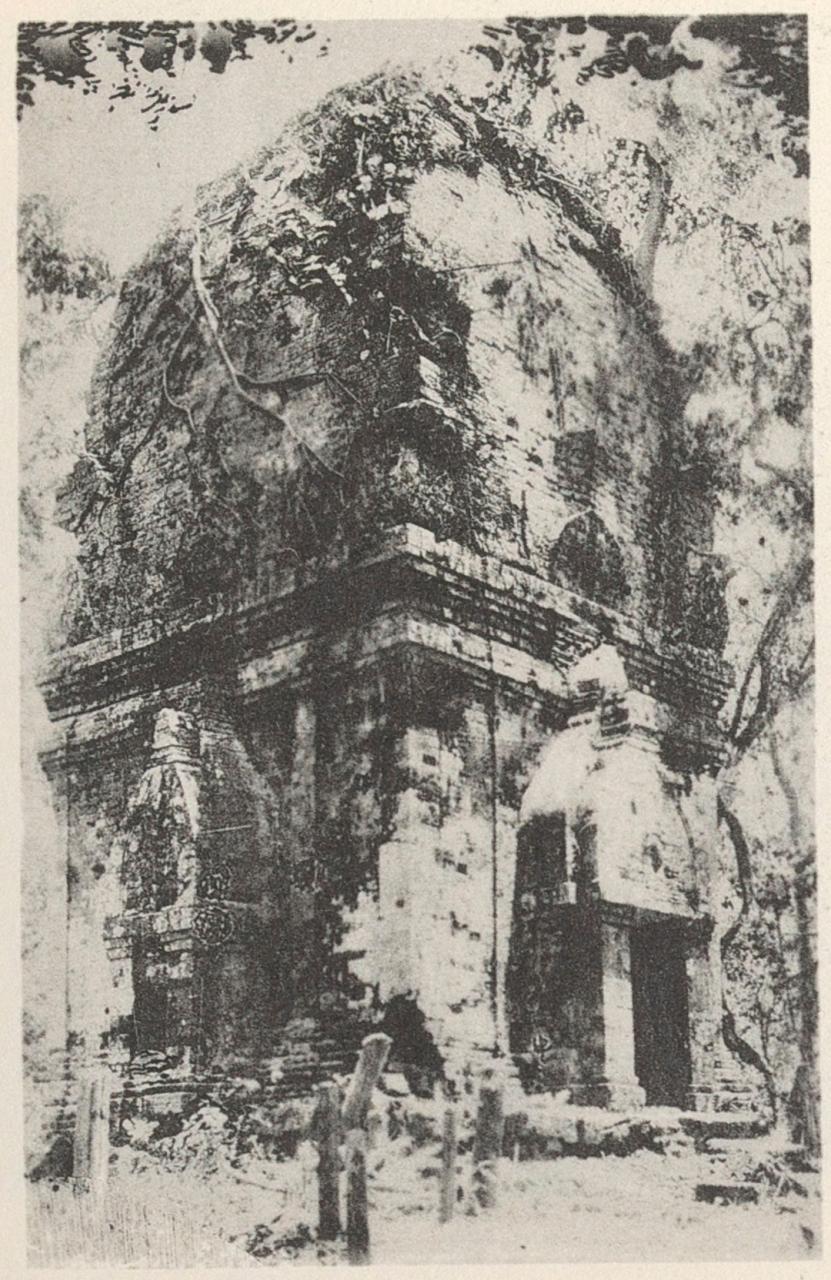 |
| Yang Mun Tower taken in 1948, still intact. Photo courtesy |
Temples and towers were built by the Cham people not only in the Central region but also in the Central Highlands. Ancient towers such as Yang Mun, Bang Kleng, Drang Lai, Yang Prong, or tower ruins scattered in the forests of Ea Rok, Cu Kbang (Ea Sup district)... were all built during the time the Champa people established their bases and lived here.
Researchers believe that the Cham towers in the Central Highlands belong to the "late Champa" style, present in the lands of Krong Pa, Ayun Pa, Ea H'leo, next to the Krong Nang River, Ba River, Ea H'leo River...
Among the relics and artifacts, the most notable are Yang Prong tower, also known as "Green Forest Cham tower" in Ea Sup district, which is still quite intact, and Tu Luong stele in Gia Lai province, which is the only remaining stele in the Central Highlands.
There are documentary photos of Cham towers taken at different times, notably the photo of Yang Mun tower (Gia Lai province) in 1948. The photos show that the tower is still quite intact, the architectural lines are quite similar to Yang Prong tower ( Dak Lak ), especially the roof and entrance.
Due to time, war and lack of preservation and restoration, the tower has collapsed, leaving only ruins. Researchers also took some photos of the sandstone reliefs, typically the relief of the god Shiva. These photos are kept in the Library of the EFEO and printed on some research works on Champa culture.
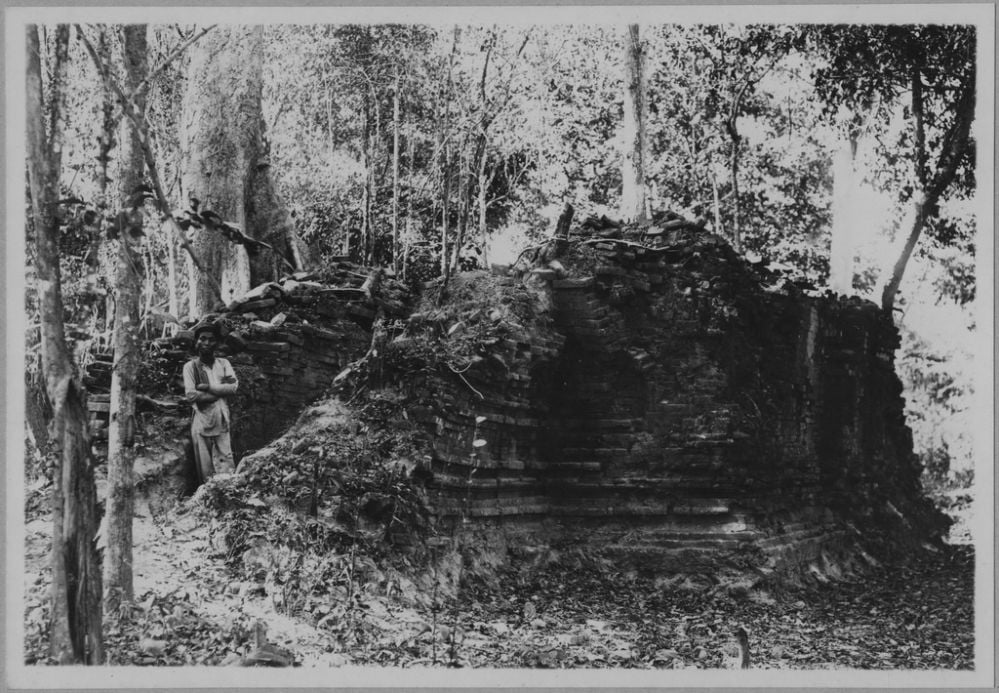 |
| Yang Mun Tower after collapsing became ruins. Photo: Archive |
Among the documentary photos related to Champa relics, artifacts, and ruins in the Central Highlands, the most notable are the photos of stone elephant statues. The Champa people lived in the Central Highlands for a long time, the land of elephants, but in their stone sculpture art, the theme of this sacred animal is quite rare.
Meanwhile, in the relic sites in the Central region such as the capital Tra Kieu (Sinhapura), Do Ban citadel (Vijaya), stone elephant statues are quite popular. The stone elephants in Tra Kieu are displayed in many museums at home and abroad. Is it possible that archaeologists have not discovered the mysteries still remaining underground around the relics and ruins of Cham towers in the Central Highlands?
That mystery was partly revealed when the image of a stone elephant, the mascot of the Cham people, was found in Plei Pa, Phu Bon (now Plei Pa village, Chu Mo commune, Ia Pa district, Gia Lai province) around 1948 - 1963. Jacques Dournes, a French anthropologist, took a photo of this rare stone elephant statue. The author of the photo also clearly stated its dimensions: 50 cm high, 50 cm long, 20 cm wide.
He also carefully noted: "Could this be a work of Champa culture?". During his time working in Cheo Reo, Phu Bon (now Ayun Pa town, Gia Lai province), Jacques Dournes hired someone to build a beautiful wooden stilt house and lived here for over 10 years to do fieldwork and immerse himself in the real life of the villagers.
Jacques Dournes took many vivid and authentic photos of the J'rai people. These precious photos were published in a photo book titled “Pays Jörai” (J'rai Land), including the photo of the Cham stone elephant statue mentioned above.
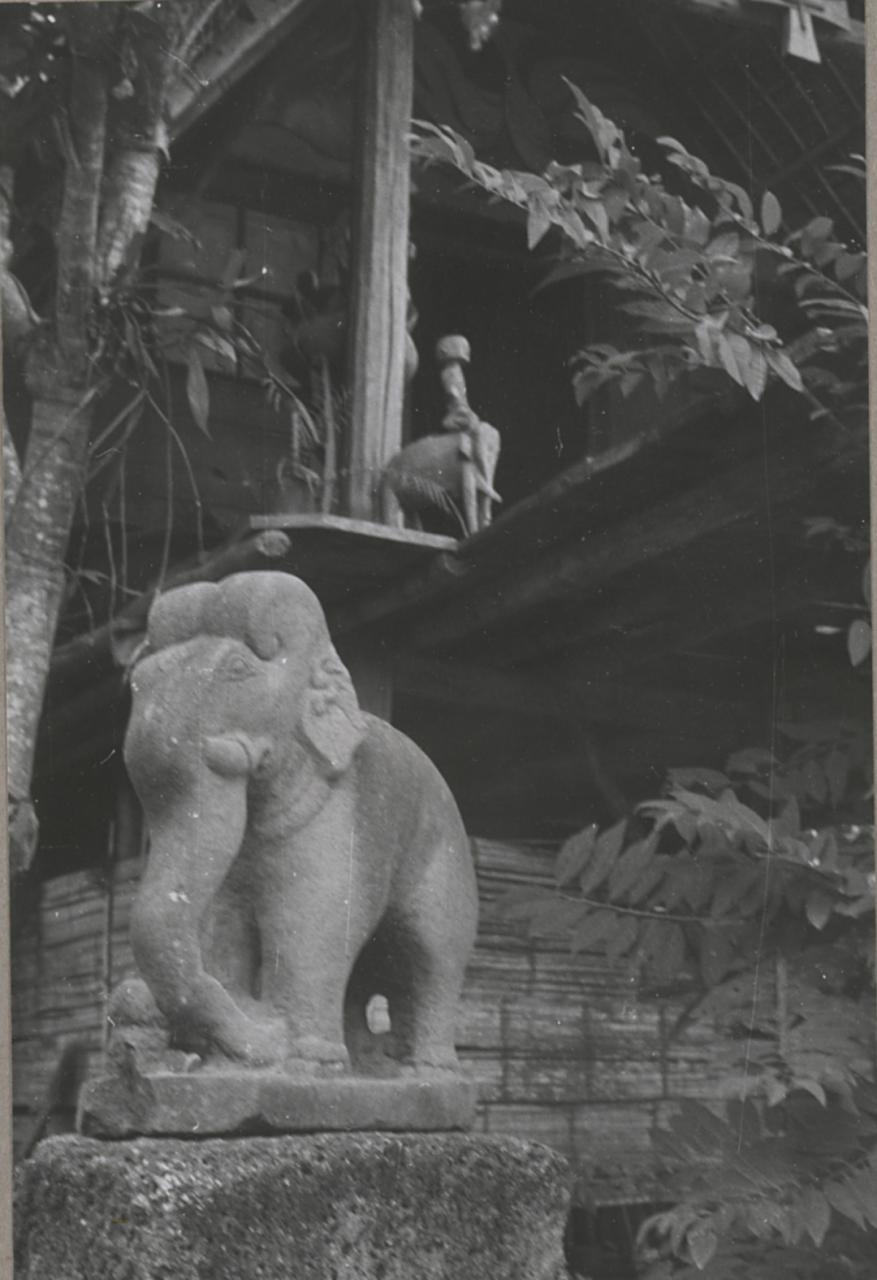 |
| Photo of a stone elephant statue of the Cham people and a wooden elephant rider statue of the J'rai people. Photo archive |
Another particularly interesting thing is that, during a visit, Georges Condominas - a famous French ethnologist with research works on the M'nong Gar people in Dak Lak - took a special documentary photo at Jacques Dournes' house.
Looking at the photo, you can clearly see that above the stilt house is a wooden statue of a man riding an elephant of the J'rai people, below is a stone elephant statue of the Cham people. The statue of a man riding an elephant is a tomb statue and some other statues were collected by Jacques Dournes to display in his stilt house.
Besides the photo of the Cham stone elephant statue discovered in Ayun Pa, there is also a Champa-style stone elephant statue collected in Kon Tum in 1932. This photo is stored in the ASEMI Photo Library.
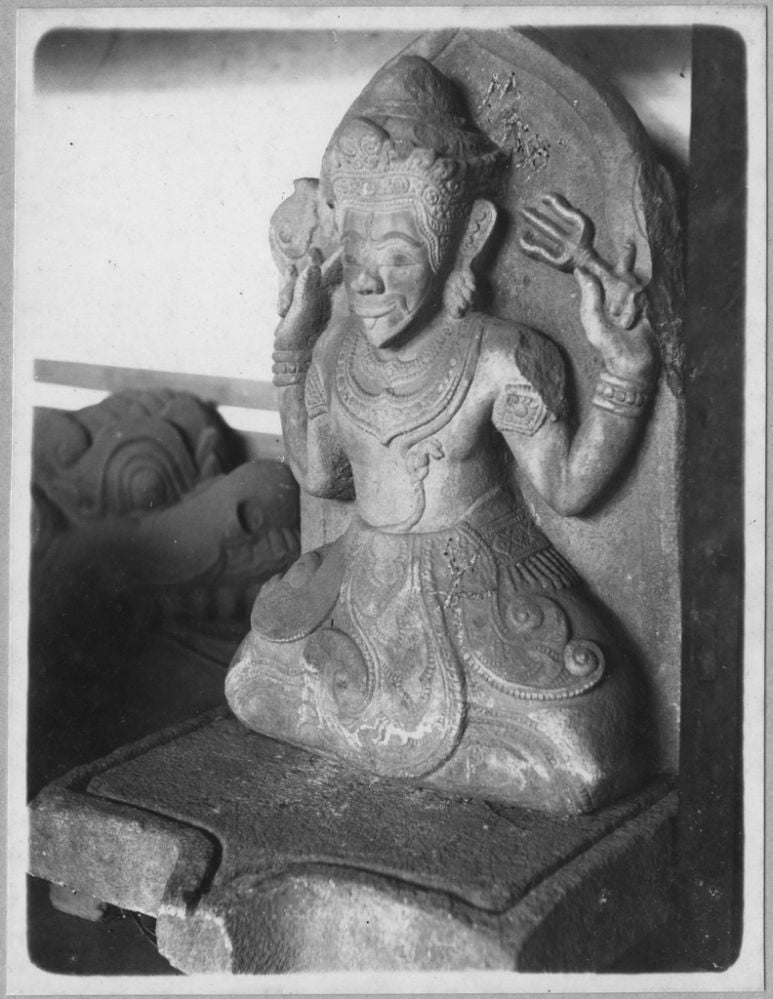 |
| Statue of Shiva discovered at Yang Mun tower, an artifact currently on display at the Da Nang Museum of Cham Sculpture. Photo courtesy |
Some Cham sculptures in the Central Highlands have been recognized as national treasures, preserved and displayed at the Gia Lai Museum and the Da Nang Cham Sculpture Museum. The Champa relics, artifacts, and ruins in the vast green forests have been recorded by researchers through surveys and excavations, and are valuable documents, further clarifying the richness and uniqueness of the Champa cultural treasure.
Tan Vinh
Source


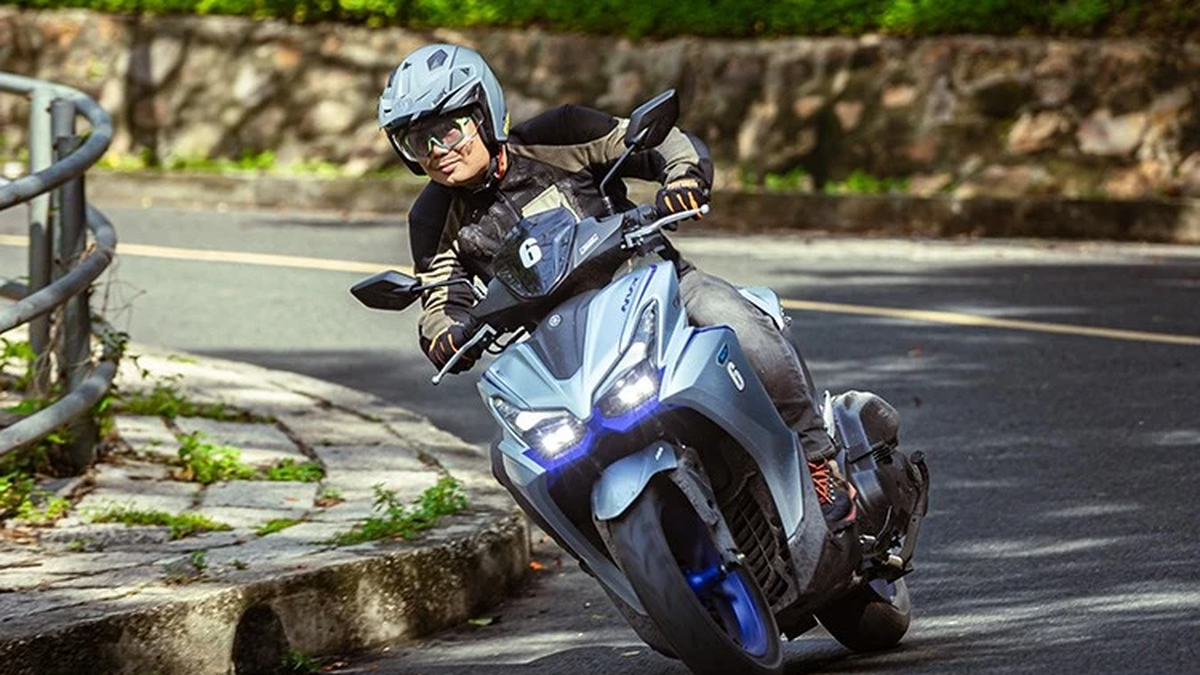



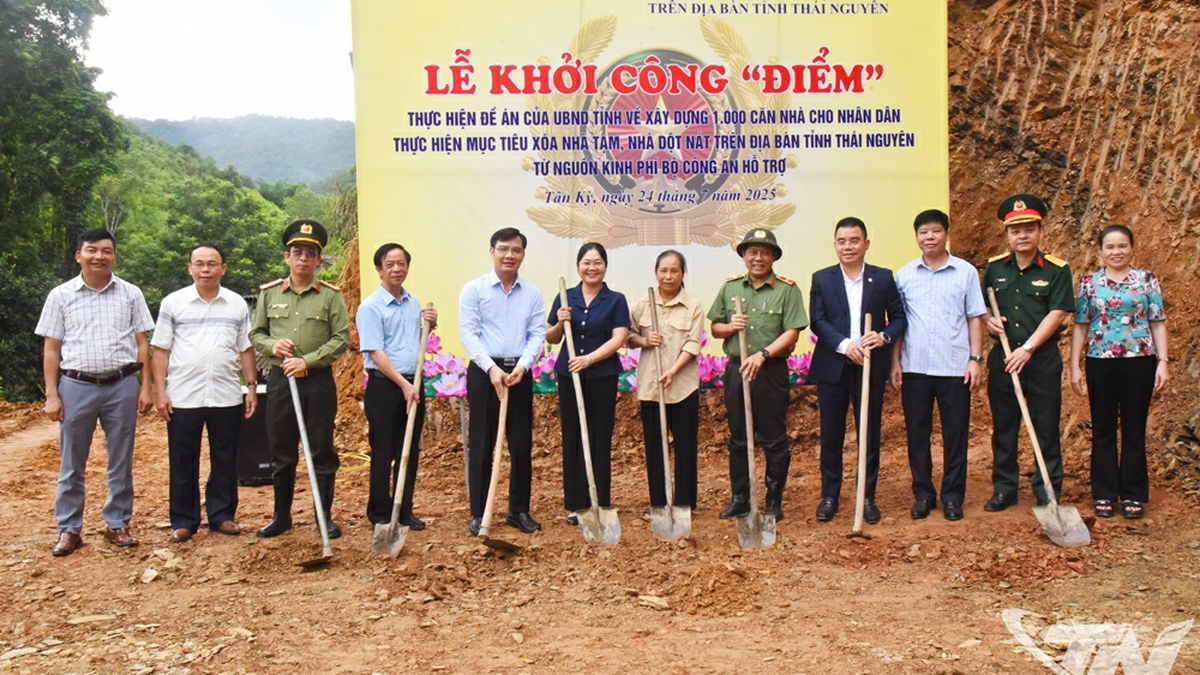


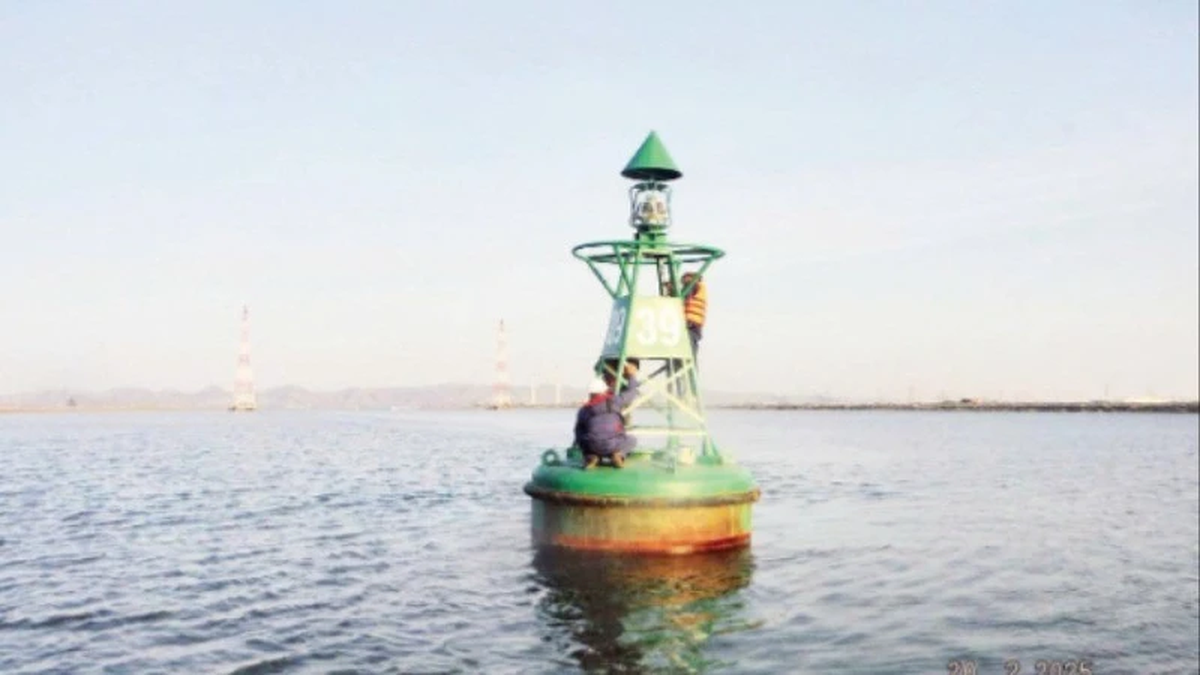
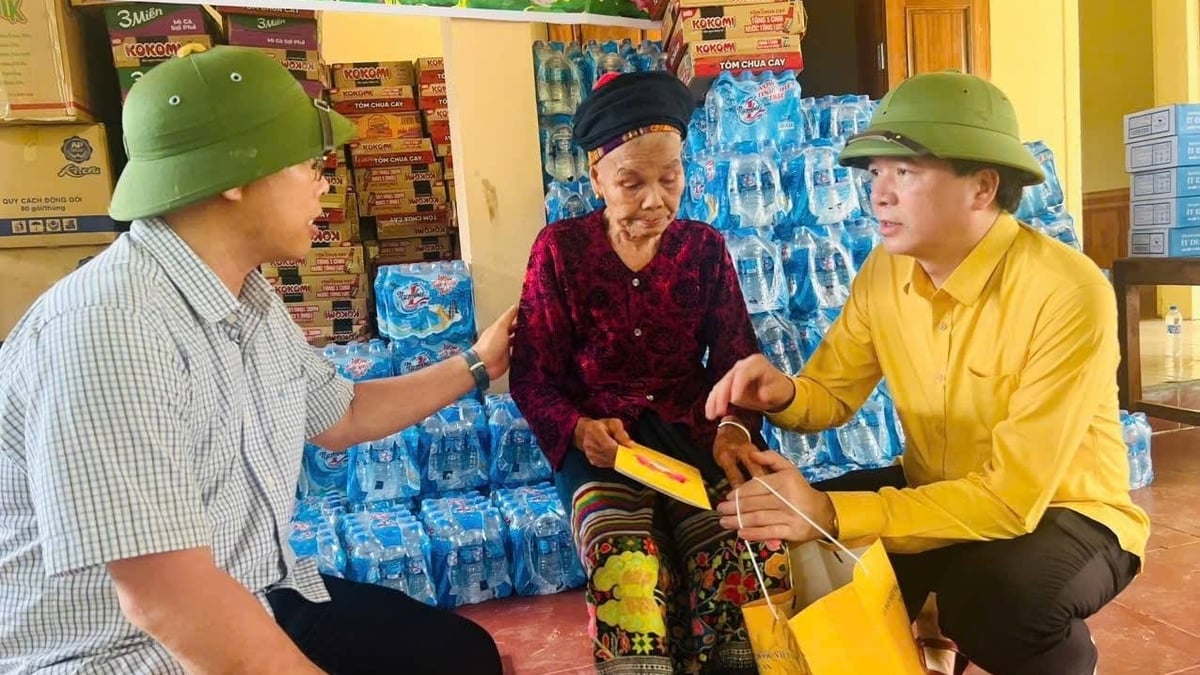













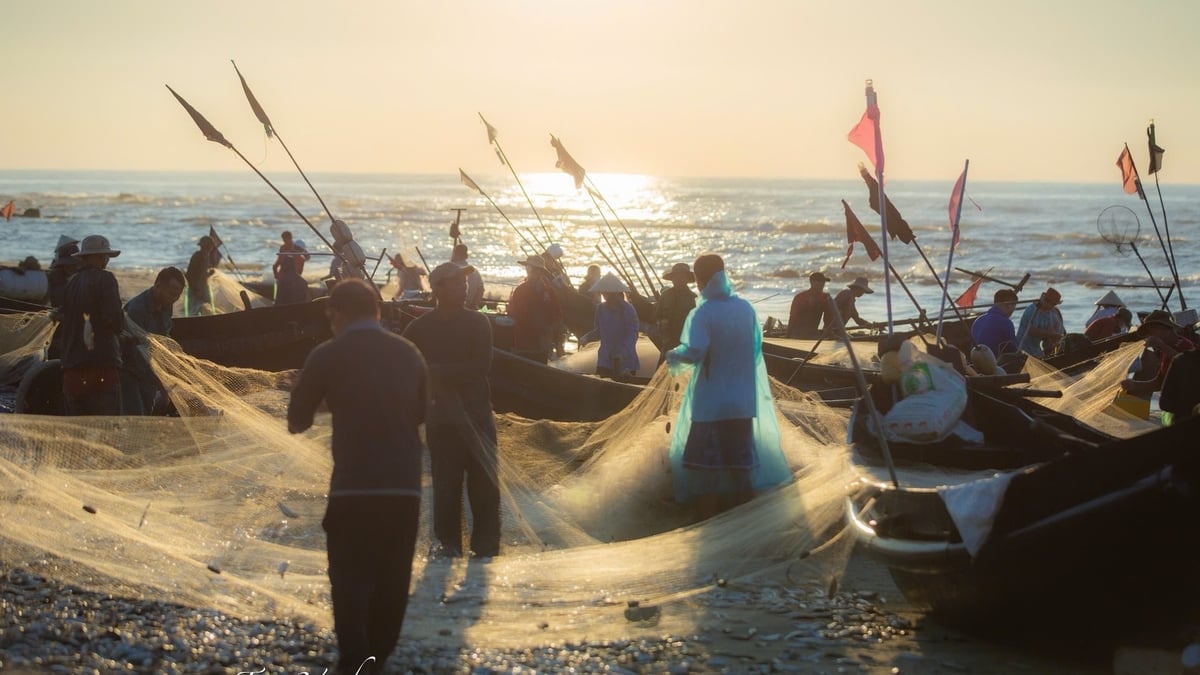
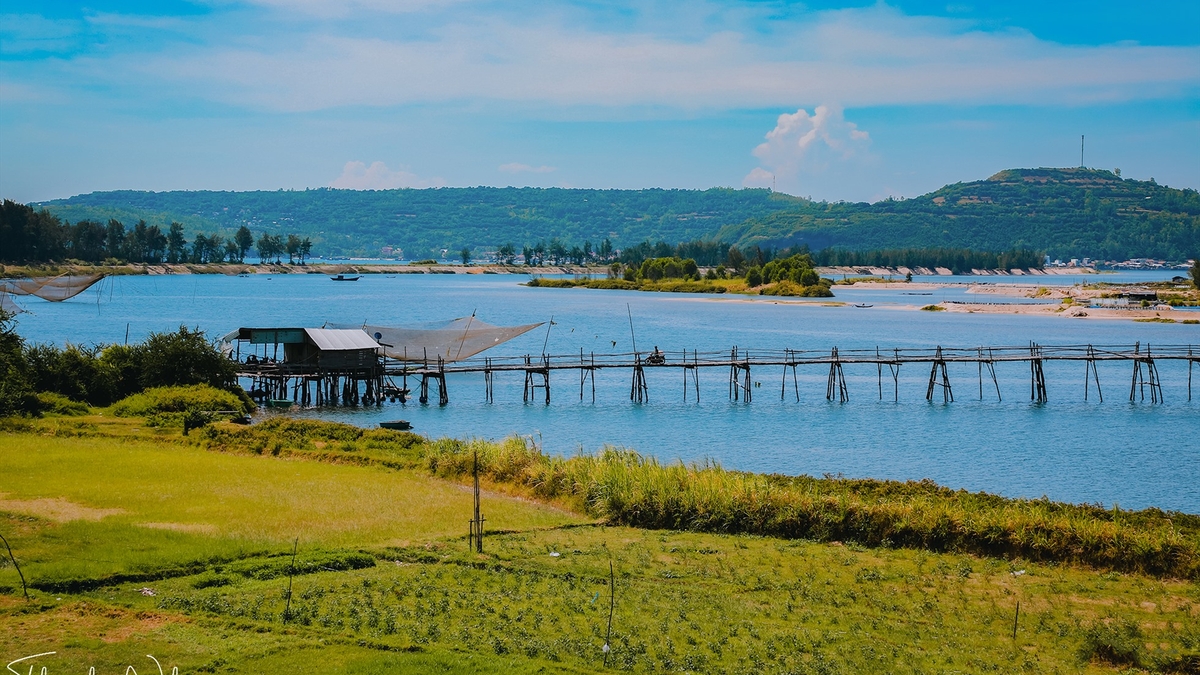

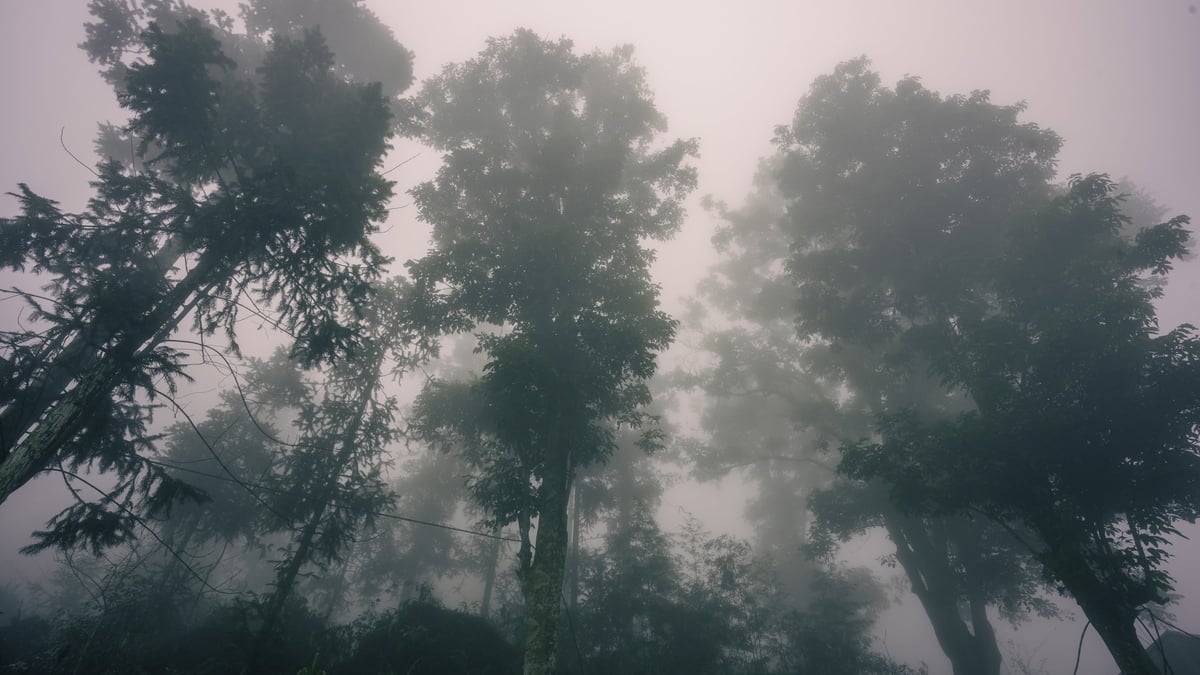
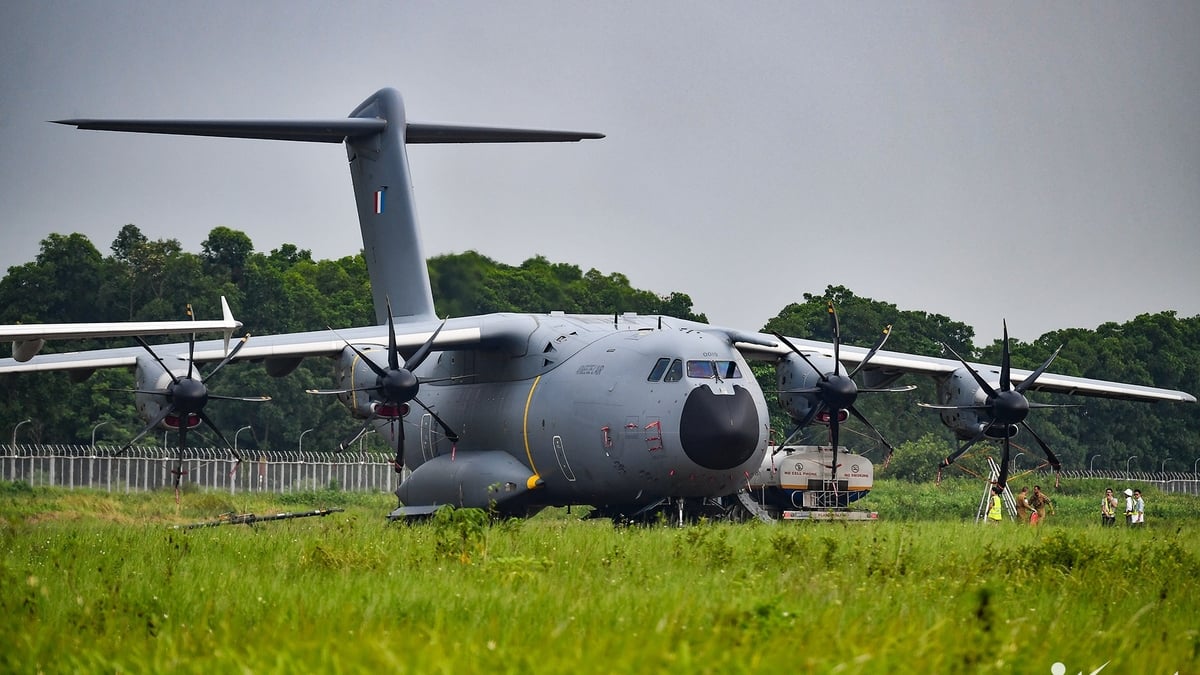
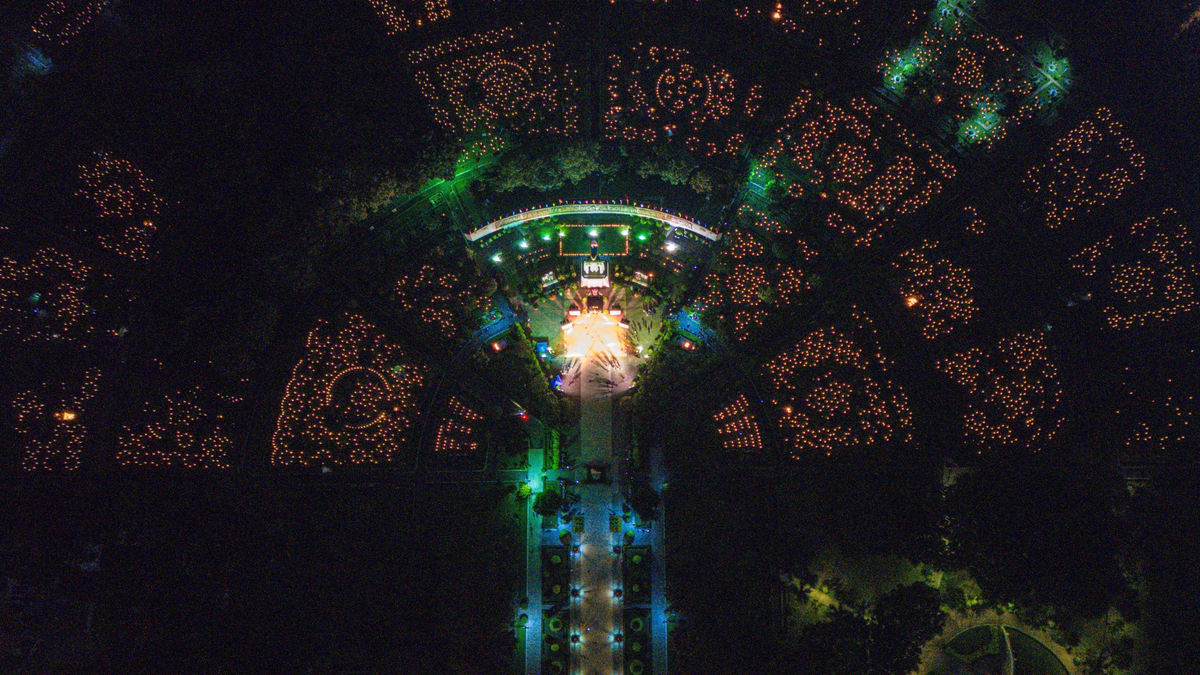
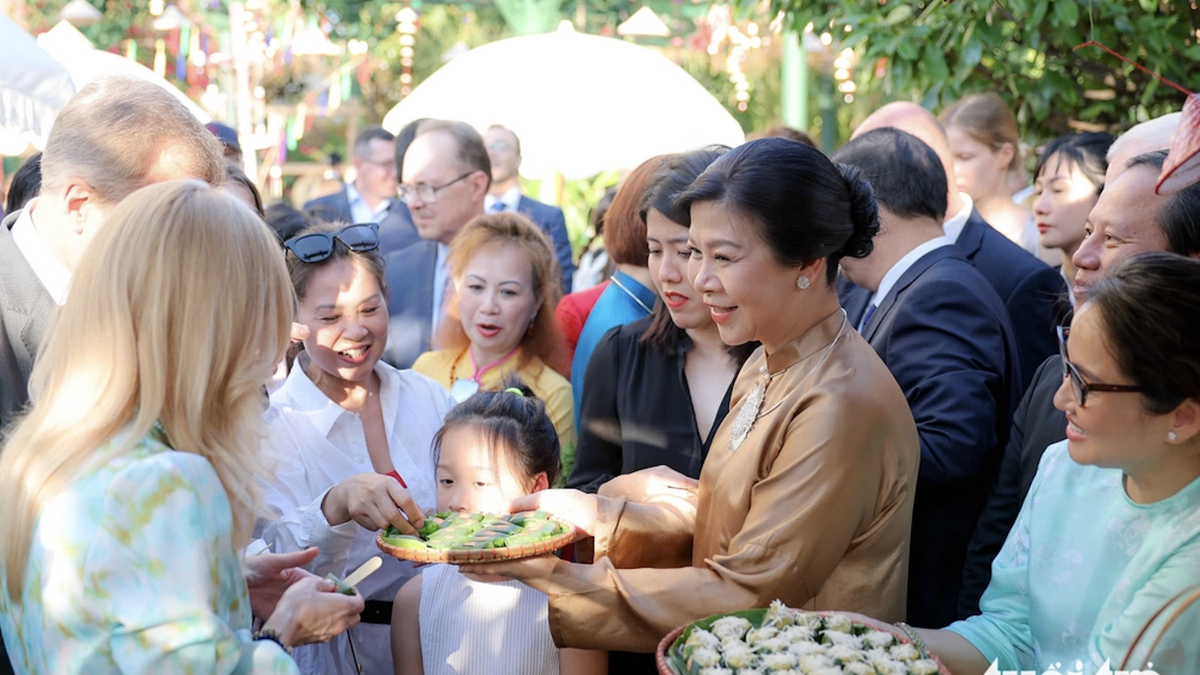
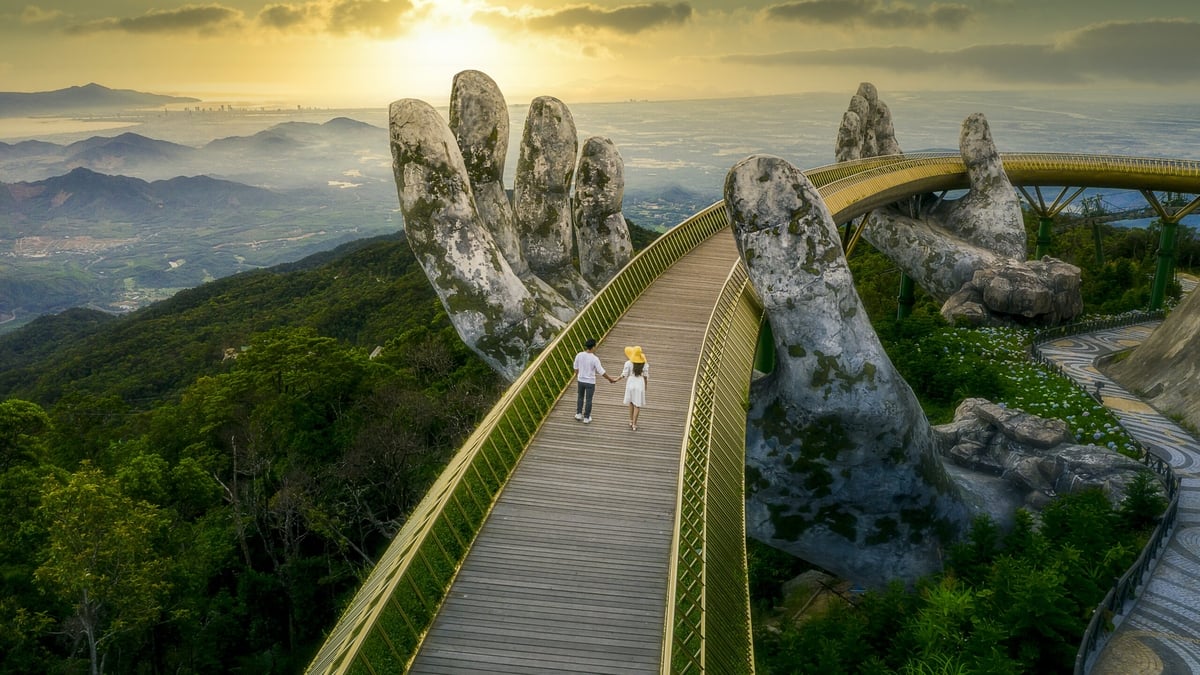
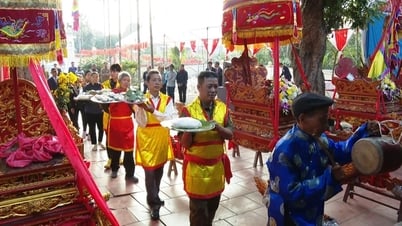

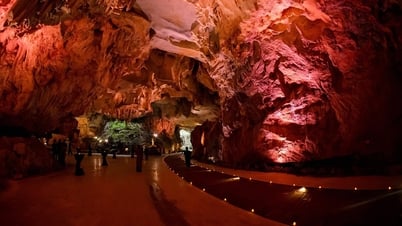
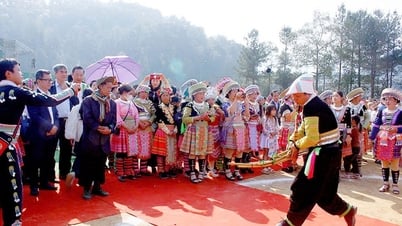

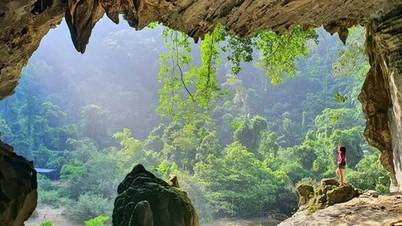

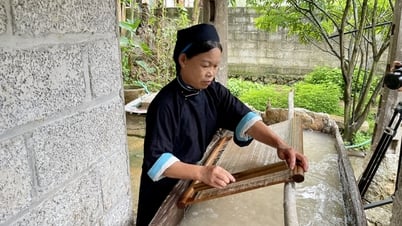

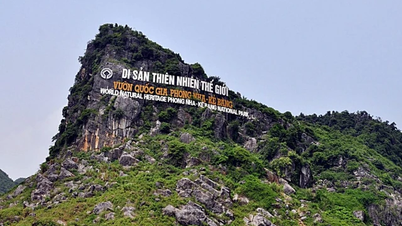

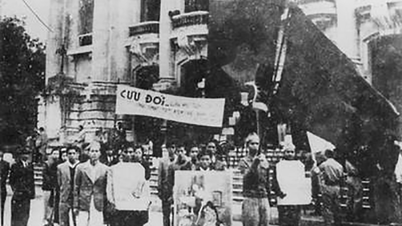





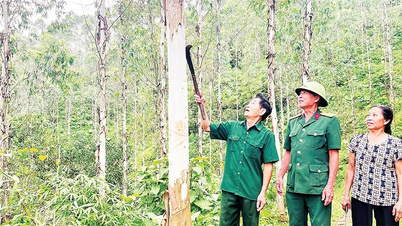










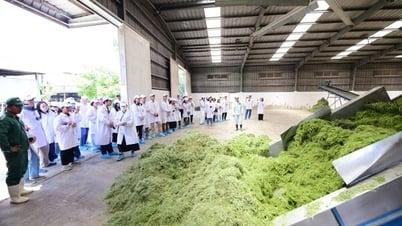







![[Photo] National Assembly Chairman Tran Thanh Man receives Chairman of Morocco-Vietnam Friendship Association](https://vphoto.vietnam.vn/thumb/402x226/vietnam/resource/IMAGE/2025/7/26/b5fb486562044db9a5e95efb6dc6a263)



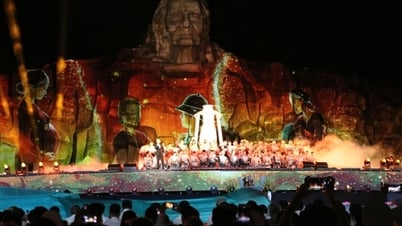



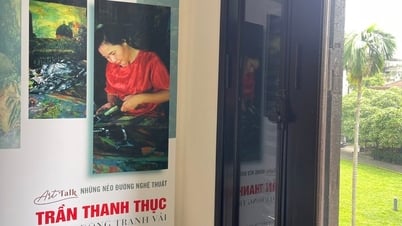
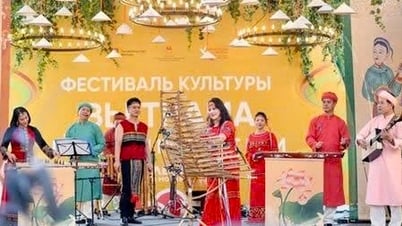






















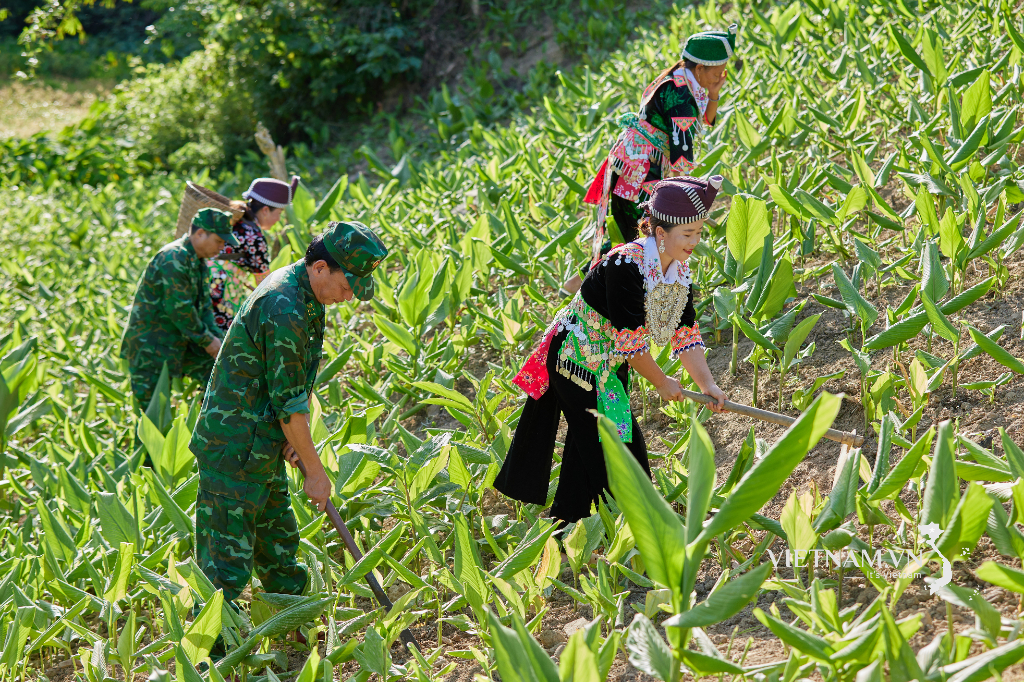


Comment (0)